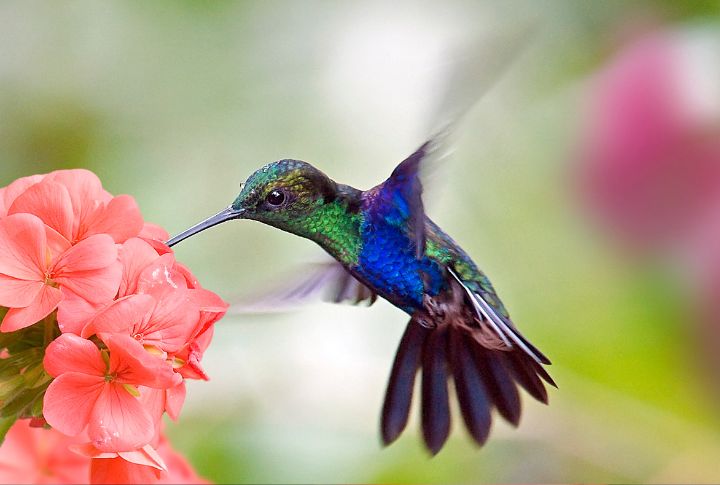
Hummingbirds, those tiny, jewel-like dynamos of the bird world, are more than meets the eye. Their lives are a whirlwind of speed, precision, and survival tactics that will amaze you. This gallery explores 15 incredible facts about hummingbirds that highlight why they are such remarkable members of the avian world.
Hovering Masters
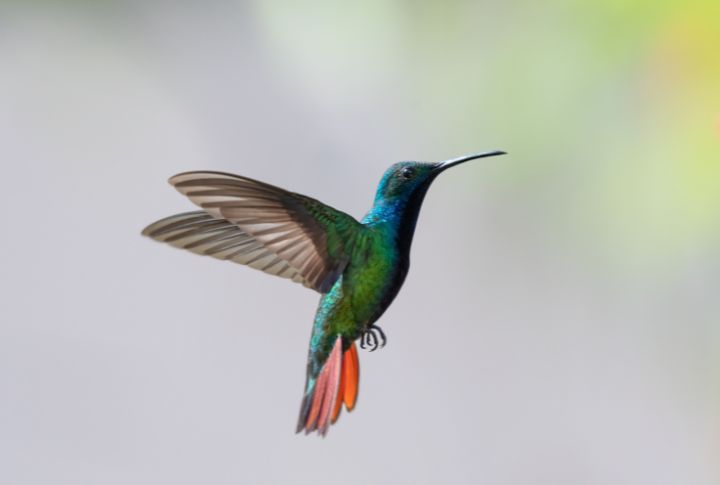
Only hummingbirds can hover in place, an ability that comes from their unique wing structure, which allows their wings to rotate in a figure-eight pattern. The extraordinary ability lets them feed on nectar from flowers with pinpoint accuracy.
High-Speed Wings
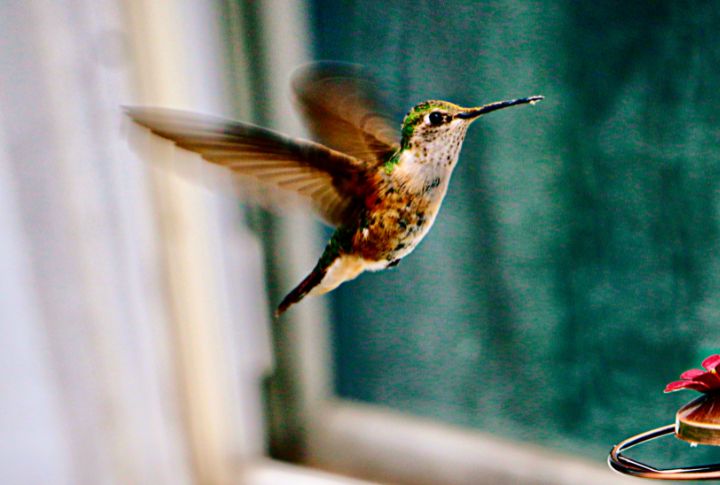
A hummingbird’s wings beat incredibly fast, ranging from 50 to 80 beats per second. Rapid movement creates the humming sound that gives them their name. The fast wingbeat also helps them perform impressive aerial maneuvers, including backward flying and sudden direction changes.
Heartbeat Frenzy
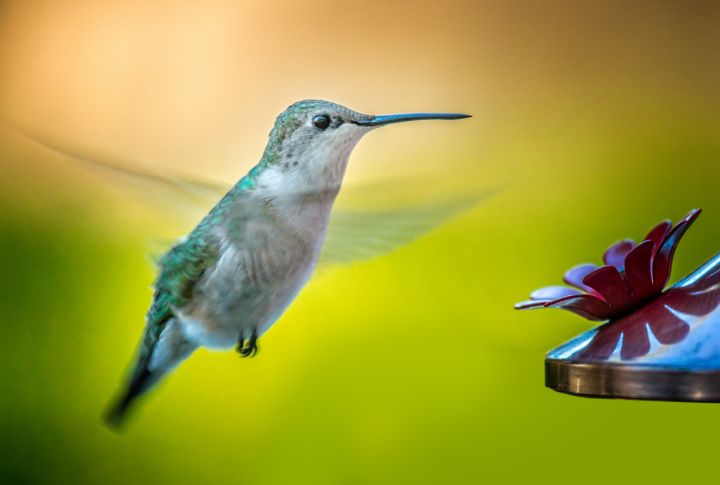
The heartbeat of a hummingbird can reach up to 1,260 beats per minute, supporting its high metabolism and energy requirements. In comparison, the average human heart rate is about 60-100 beats per minute.
Feathery Spectrum

Hummingbirds are famous for their iridescent feathers. However, the color isn’t due to pigments but microscopic structures reflecting light and creating vibrant, shimmering hues. Depending on the angle of the light, their feathers can appear to change color.
Tiny But Mighty
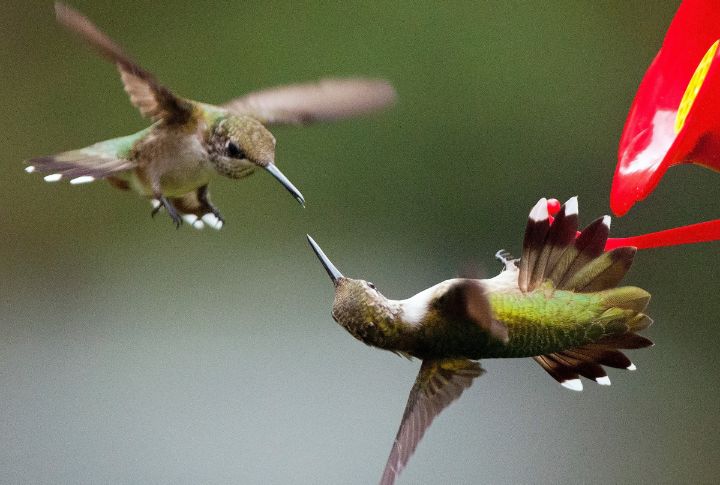
Despite their small size, hummingbirds are fiercely territorial. They aggressively defend their feeding territories from other hummingbirds and even larger birds. Their bold nature ensures they have ample access to nectar sources, which are crucial for survival.
Long-Distance Travelers
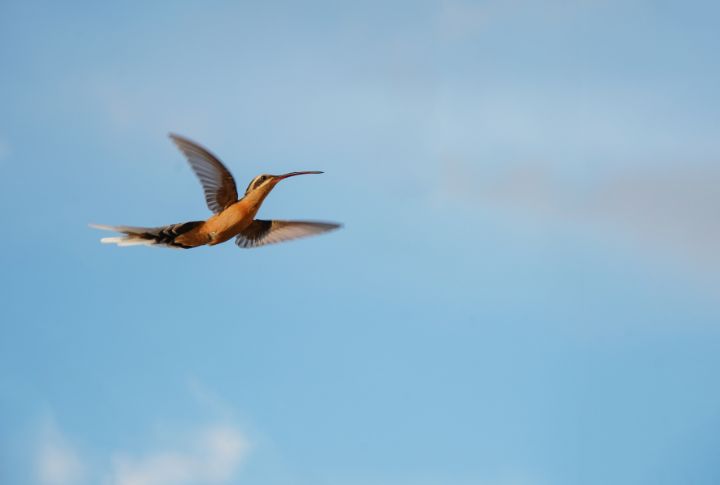
Many hummingbird species are migratory and travel thousands of miles between breeding and wintering grounds. The Ruby-throated Hummingbird, for example, migrates from North America to Central America, often crossing the Gulf of Mexico in a single, non-stop flight.
Sugar Rush

Nectar, a sweet sugar water, is the mainstay of a hummingbird’s diet. To sustain the high-energy lifestyle, hummingbirds consume twice their body weight in nectar daily. But they don’t stop there—the diet also comprises small insects and spiders.
Acrobatic Mating Dances
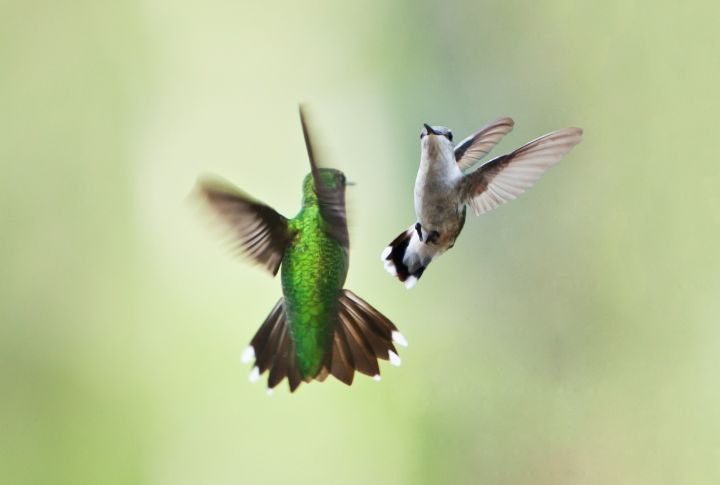
Male hummingbirds put on a show-stopping display to win over females. These performances often involve daring aerial dives and loops, showcasing their agility and strength. Some species, like Anna’s Hummingbird, even produce distinctive sounds with tail feathers.
Good Memory

Especially when it comes to locating food sources, hummingbirds have excellent memories. They can remember which flowers they’ve visited and how long it takes for a flower to refill with nectar. This cognitive ability helps them efficiently navigate the environment and maximize energy intake.
Energy Conservation

To survive food scarcity, these birds can enter a state of torpor, a state of reduced activity and metabolic rate. During torpor, the heart rate and body temperature drop dramatically, conserving energy. This adaptation is important for surviving cold nights or unexpected food shortages.
A Kaleidoscope of Species
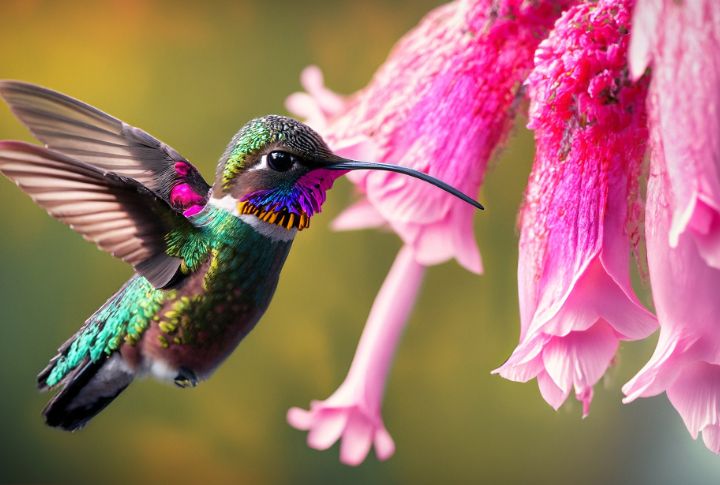
There are over 340 species of hummingbirds, each with unique characteristics and adaptations. Different species vary significantly in size, color, and behavior. Some species, like the Giant Hummingbird, are much larger than the average hummingbird.
Rapid Reproduction
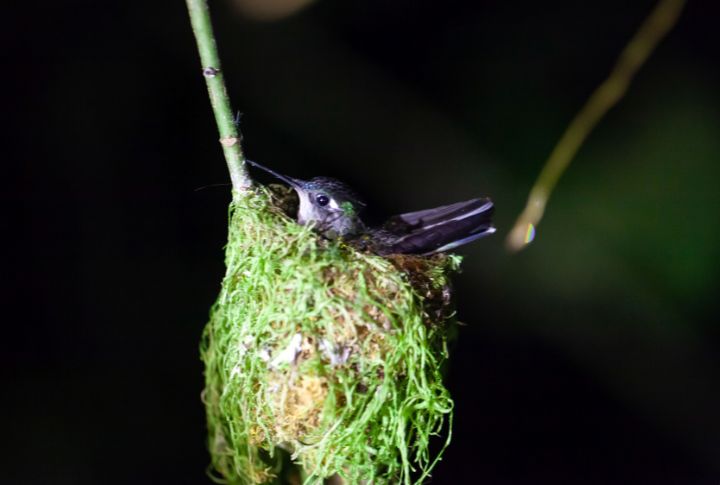
Featuring a swift reproductive cycle, females typically lay two pea-sized eggs in tiny plant fibers and spider silk nests. The eggs hatch in about two weeks, and the chicks fledge just a few weeks later.
Incredible Speedsters
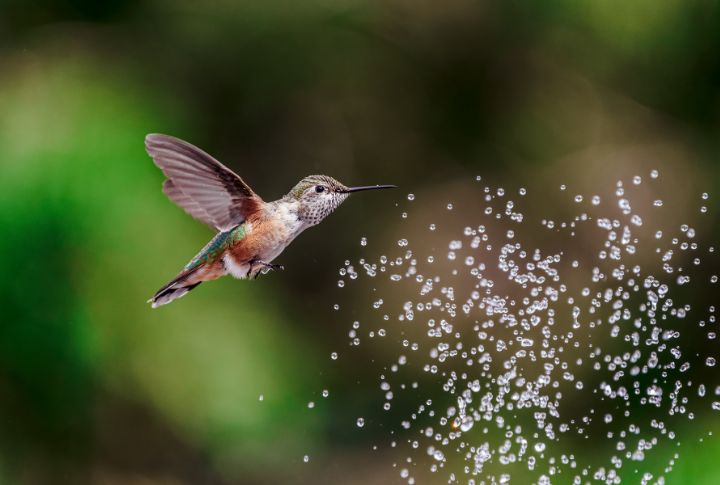
The ability to escape predators and compete for food resources depends on their speed and agility. Hummingbirds can achieve up to 60 mph speeds during their courtship dives, making them some of the fastest birds relative to their size.
Unique Tongues
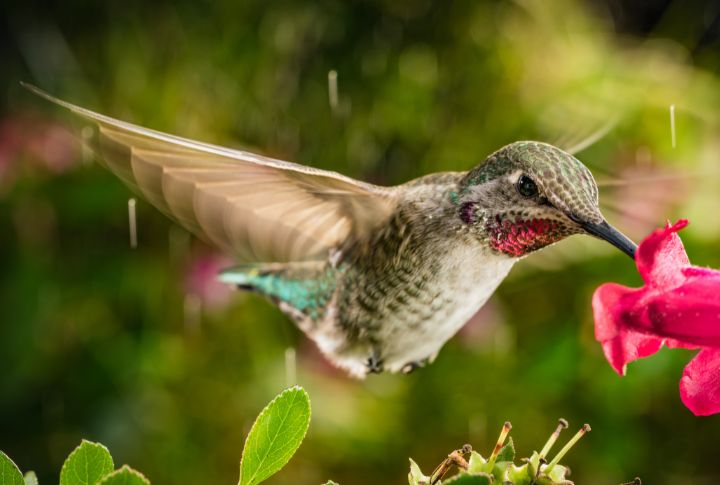
A hummingbird’s tongue is specially adapted for feeding on nectar. It is long, forked, and covered in hair-like structures that trap nectar. When feeding, the tongue flicks in and out of the flower up to 13 times per second.
Lightweight Wonders

Hummingbirds are incredibly light, often weighing less than a nickel. The lightweight bodies and their mighty wings make them exceptionally agile flyers. Hence, ease in hovering and performing intricate aerial maneuvers.


Comments
Loading…